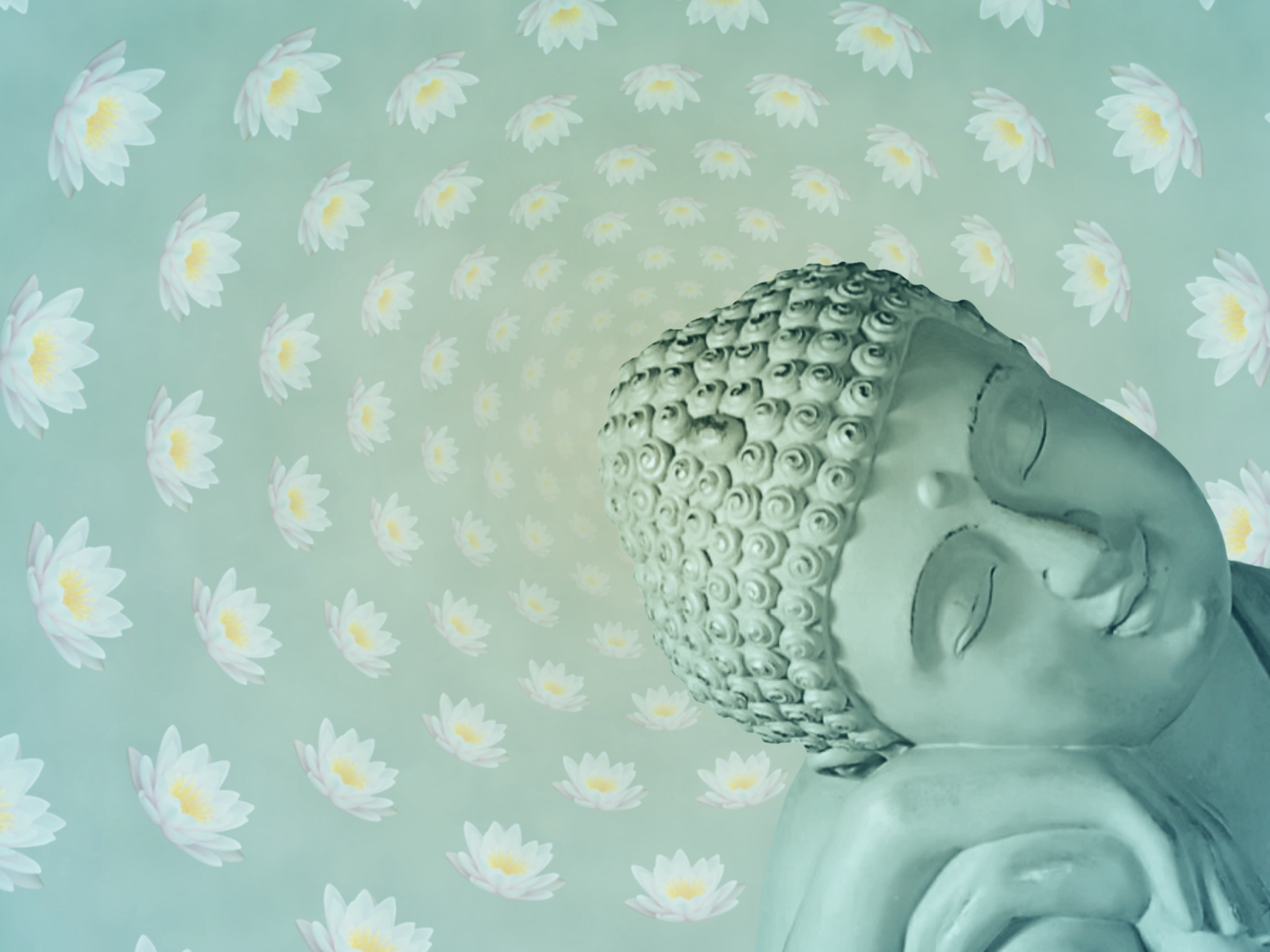The history of Buddhism
Tai Chi power is a perfect philosophy: it teaches you how to bring your energy together into any point. The longer you train, the more detailed philosophy you know – how to connect the energy, how to release tension, how to have better posture, how to concentrate, how to put emotion power or even philosophy power into any action – then you will have much more power than you could ever want.
It’s not a magic trick; it’s many years of training which give you amazing strength. But if you don’t train the strength, it will never appear.
Your body, your energy, your consciousness, and your nerves have a lot of amazing magic power, but you don’t know how to use it because you never cared to learn about it. Your life on Earth has only been to live, but now you are learning Buddhism, which is to learn everything about life.
Buddhism is not just talking about ideas. In traditional Buddhism you also have to learn Chi Gong, Yijin Jing, posture control, yoga, breathing, and energy flow. Chi Gong means “life energy power training”; its function is to develop the energy and create larger channels for it to flow through. “Yijin Jing” (“muscle/tendon/ligament training”) is a book written by Bodhidharma, the fifth generation student of Buddha for the Shaolin monks.
One day, after teaching Buddhism for many years, Siddhartha sat before his class, saying nothing for a long time. At first, his students were patient, but after a while they began to wonder what was going on.
Siddhartha picked up a flower, looked at it, and smiled. Everyone became even more curious, shifting about and whispering to each other. Then a student named Jia-Ye began shooting light from his body and smiling at Siddhartha, who used his energy to send the flower floating to his student.
Siddhartha said, “If you have reached this level – to understand the freedom of emptiness, being empty and free from trying to get wisdom, realising that the wisdom is already in you and you only need to discover it – then you have already reached the Zen level.”
When Jia-Ye had seen Siddhartha smile at the flower, he realised that Buddha was observing it to be aware of life so he did it, too. He stopped searching for wisdom or knowledge.
Later on, Jia-Ye went to find the most advanced student he could and teach them until they too could discover freedom, no more possessiveness, no more greed, no more blindness, and total joy.
Each generation would then spend their whole life finding one new student and teaching them. The fourth-generation student found Bodhidharma and taught him. When Bodhidharma graduated, his master said, “There’s no consciousness in India that is high enough to learn from you. The sixth generation is in China.”
So Bodhidharma went to China, where he visited the Shaolin Temple. He told them, “You think you are learning Buddhism. Buddhism teaches you to be aware of the unlimited truth of the universe and life, but you aren’t even aware of your body. You just play mental games with the words of Buddhist philosophy without understanding it.”
Then he demonstrated Chi Gong strength and all the monks bowed to him. So he taught it to them, and that is how Chi Gong came to China.
From that story we know that Buddhism is not religion that must be followed, nor is it knowledge that must be remembered: it’s to understand your body, your emotions, your desire, and your mentality. It’s to open your consciousness to be aware from heart and mind about your life and all life.
This post is taken from a talk by Forever Wisdom Forest on 27 November 2011 at the dojo in Sydney.

Leave a Reply